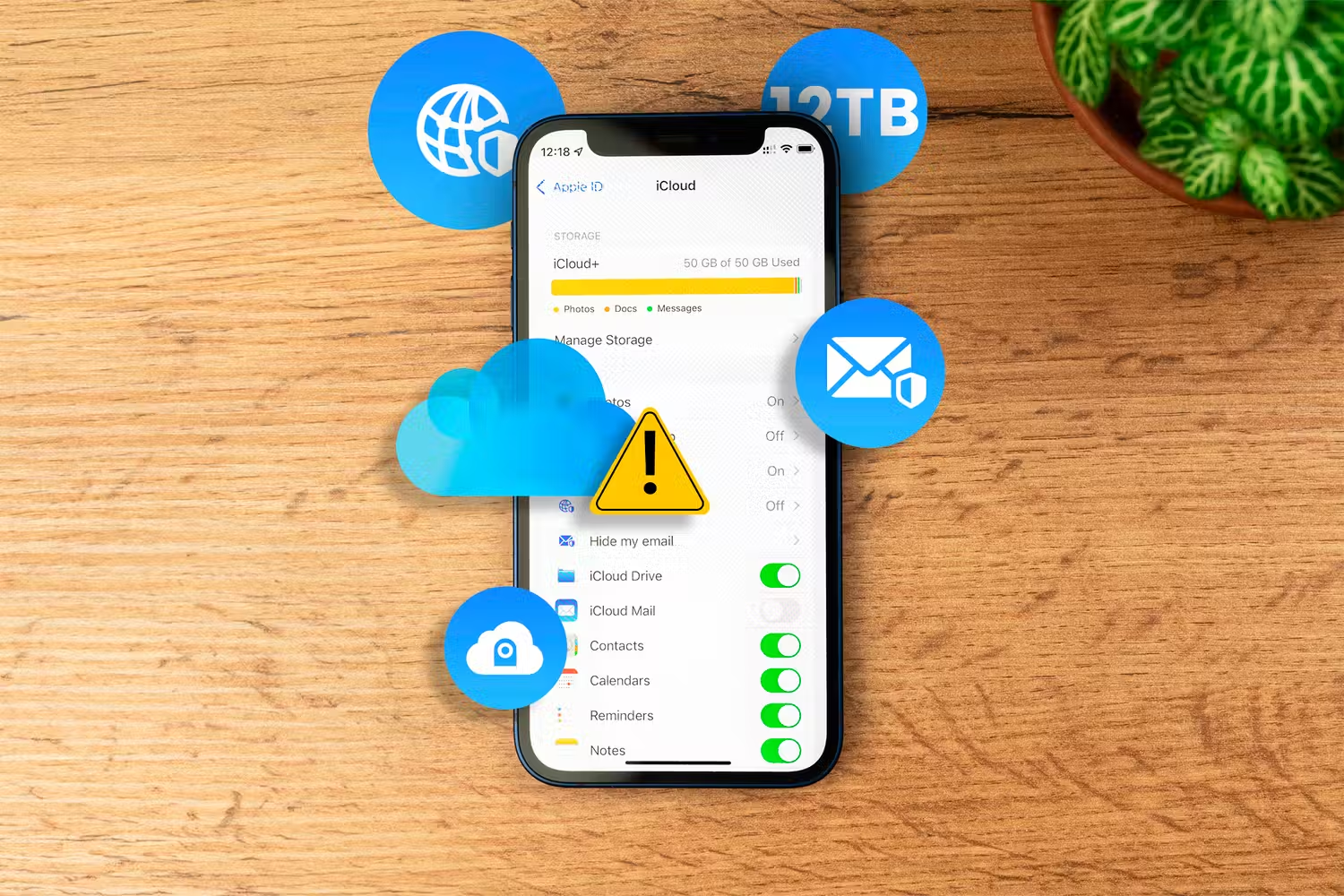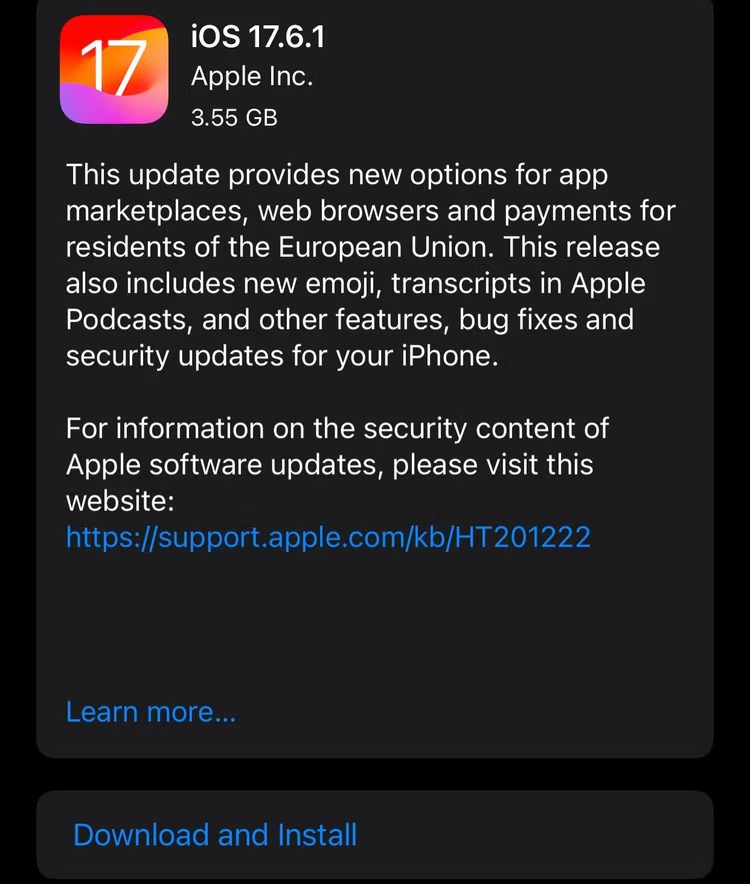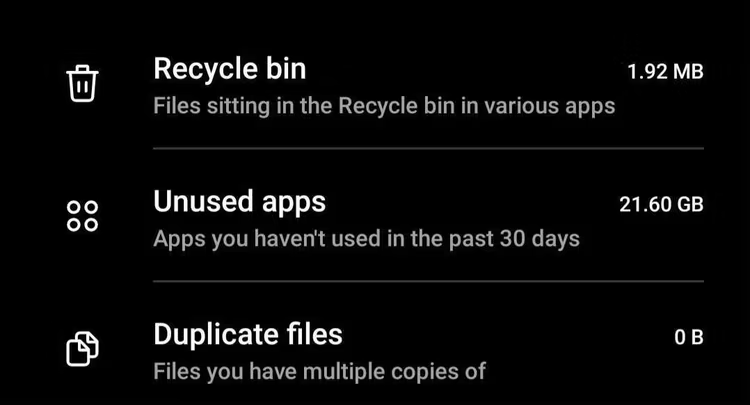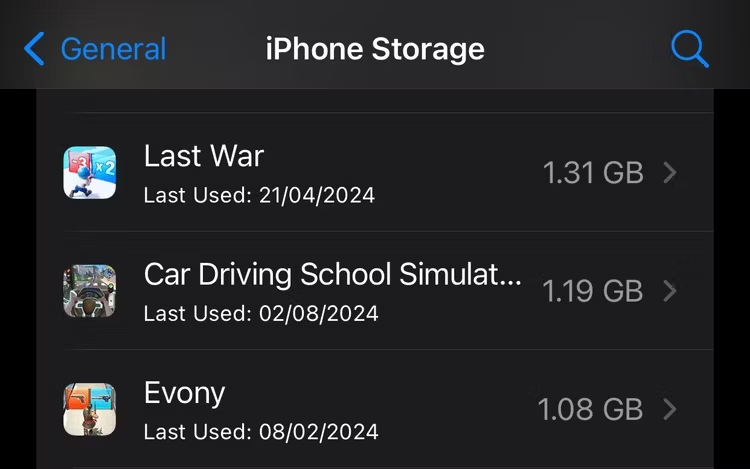Estimated reading time: 6 minutes
Even though our smartphones are always by our side and help us have fun or stay in touch with our friends and families, we don’t bother to look after them. That lack of attention can result in a lack of performance, the sites becoming boring and other consequences. Several things should be done recurrently if one wants to have the best performance of their mobile phone.
Replace your Phone Screen Protector
A screen protector is used to protect the phone screen from getting scratched or cracked and in case the phone falls the screen protector takes the impact of the fall to ensure that the screen is not damaged. But as it protects your phone the protector is susceptible to being scratched, stained or faded, chipped or worn out. It also impacts the look of your phone screen and likely to make the touch screen to be less sensitive to touch.
Everyone forgets when exactly it is the right time to change a screen protector, but doing so will make your screen more translucent and more sensitive. As a result, you should remove the screen protector and put on a new one the moment it begins to show signs of wear or damage. If you’ve been using a cheap protector, go for the best especially if you have tempered glass or multi-layered plastic.
Thoroughly Clean Your Phone

After some time, soil, sand, and other tiny particles gather on the surface of the phone and make it look more old than it is. It may become dirty hence affecting its looks may require cleaning and its small parts can easily get blockage, especially from the port. This can affect the charge and impact the audio input of the microphone and the output of the speakers.
To avoid these vices, one should clean the USB port, the headphone jack, the speaker and the mike grills, the touch screen and the body of the phone frequently. For the screen and body use the microfiber soft cloth and if need be, you can wet it lightly with soapy water or a screen-friendly cleaning solution and blot off any smudge that cannot be wiped off.
In the case of the ports and grills, one can use either a soft brush or a can of compressed air. It is very important not to forget the clean the casing of the phone.
Free Up Storage Space

Having storage that is either full or has only a tiny amount of free space left can slow down your phone, cause apps to freeze and crash, and negatively impact your overall experience.
To prevent this, you should regularly free up storage space so your phone has enough room to breathe smoothly. Start by clearing the cache and temporary files to reclaim the space that apps temporarily occupy. Then, delete duplicate or unnecessary photos and videos. You can also upload large media files to cloud storage and remove them from your phone.
Similarly, you can clear out old conversations, unnecessary files, and items lingering in your phone’s Recycle Bin.
Check the Available Software Updates
You should regularly install software updates to keep your phone running smoothly, fix security vulnerabilities, and get access to newly released features. While most phones automatically check for and install updates, they might miss them if you use mobile data or have disabled automatic downloads.
To check for updates on Android, open the Settings app, go to “Software Update,” and tap “Download and Install.” If an update is available, tap “Download” to complete the process.

On an iPhone, go to Settings > General > Software Update, then download and install the update.

To ensure you don’t forget to update your phone to the latest operating system version in the future, be sure to re-enable automatic software updates if it’s turned off.
Remove Unused Applications
We all have apps installed that we may not have used in a long time. If these apps run in the background, they can put extra strain on your phone’s resources, which can slow down its performance. They also use network data for updates, which can affect your internet speed. Therefore, you should uninstall any unused apps.
On Android, go to Settings > Device Care > Storage > Unused Apps. You’ll see a list of apps you haven’t used in the past 30 days. Select the ones you don’t need and uninstall them.

Remember that the above steps may vary depending on your phone’s model. Also, this feature might not be available. In such cases, you can manually find and uninstall apps you don’t use.
On an iPhone, go to Settings > General > iPhone Storage. You’ll see the last time each app was used. Tap on the app you don’t use and select “Delete App.”

The digital companion we carry demands consistent care to maintain optimal function and aesthetic appeal. Regular maintenance, from physical cleansing to software optimization, ensures longevity and peak performance.
Discover more from News Round The Clock
Subscribe to get the latest posts sent to your email.










